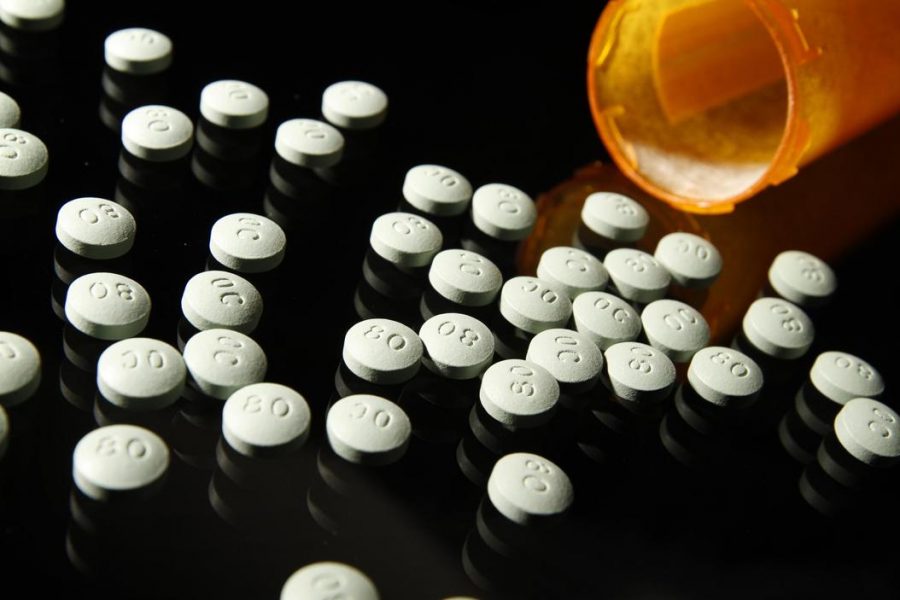Pennsylvania finally has a plan to fight the opioid crisis, and Pitt has its fingerprints on it — for better or worse.
A 64-page report on fighting the opioid crisis came out Wednesday after two years of work by a task force of legal and health care experts, including former Pitt chancellor Mark Nordenberg, who is currently the chair of Pitt’s Institute of Politics.
The task force laid out eight primary actions the state should take to limit abuse of heroin, fentanyl and prescription opioids. Some of these measures, such as improved communication with physicians who overprescribe and expanding access to coroners’ data on overdose death, are straightforward and sensible.
Others are programs that, while well-intentioned, minimize key aspects of addiction treatment. One such provision is the creation of “hard handoffs,” which would require overdose responders to drop people revived with naloxone off at rehab facilities. The overdose survivors will then undergo mandatory observation for 72 hours.
On paper, the concept seems like it closes the key gap between keeping a user alive and ensuring they receive some form of professional treatment. But the likelihood of reducing overall drug abuse through such short-term recovery systems appears limited, especially if the patient is unwilling to suddenly go clean.
According to the Pittsburgh Post-Gazette, Terry Miller, director of the Institute of Politics, likened the program to mandatory treatment programs for mental health patients who present a danger to themselves or others. The issue with Miller’s analogy is that mandatory mental health treatment generally lasts longer than three days, and kicking abuse certainly takes longer than the period laid out here. According to the treatment facilities, American Addiction Centers, that’s only long enough to get through the peak of withdrawal symptoms, but cravings persist for weeks after.
If users leave a center and immediately return to taking drugs, the cycle of addiction will continue. This program may save some lives, which makes it valuable enough to attempt, and this path is indisputably preferable to simply jailing those in the midst of addiction.
Still, the decision to stop using drugs is a deeply personal choice. Often, people who are addicted to drugs or alcohol are not ready for treatment until they make the choice to go themselves.
Pennsylvania already uses “warm handoffs” to recommend treatment options when an overdose sufferer is revived, but the treatment is not mandatory. Clearly this has not sufficiently addressed the crisis. Compulsory rehab takes all of the same issues and adds the potential resentment of centers, as another form of imprisonment, which addicts must trust in order to find help.
The state may be ready for this initiative, but the people actually affected may not be.



